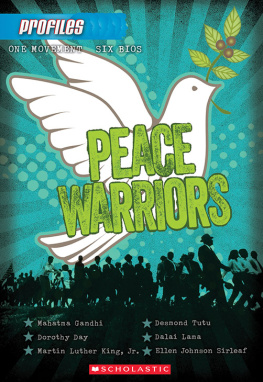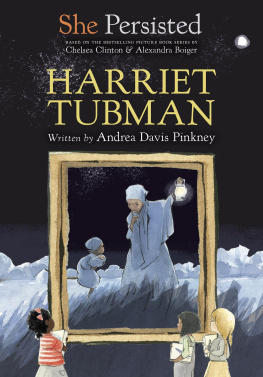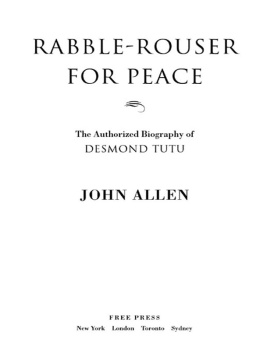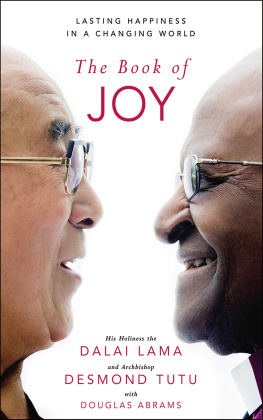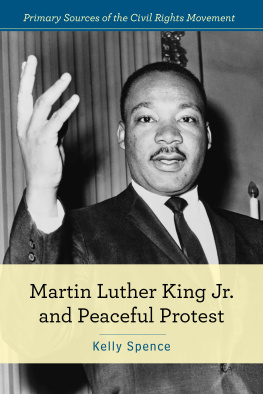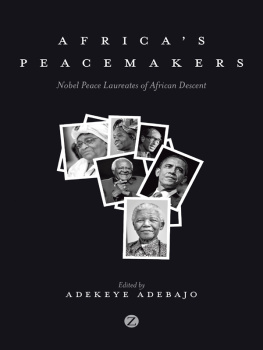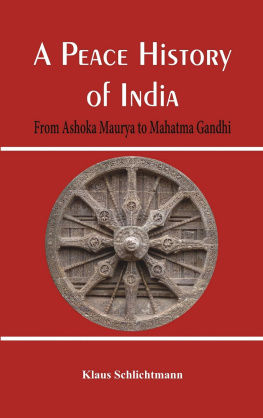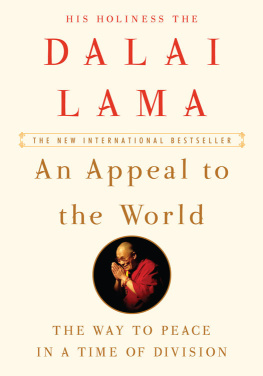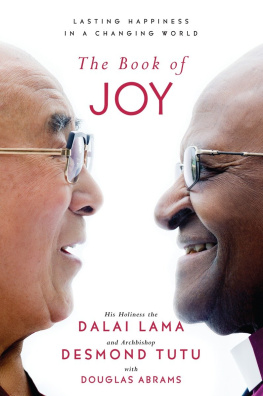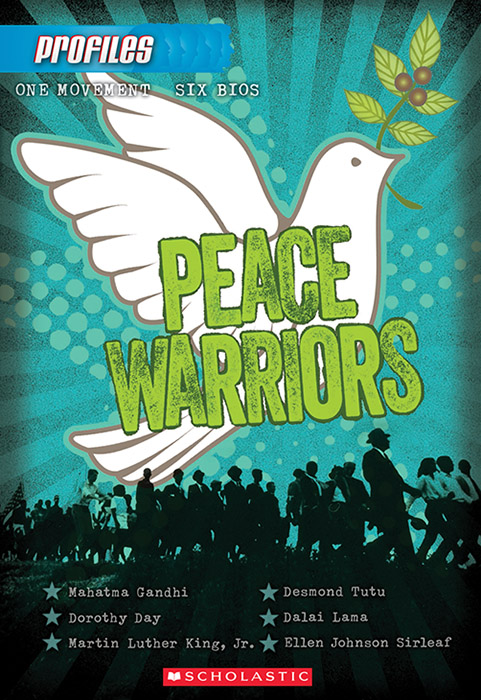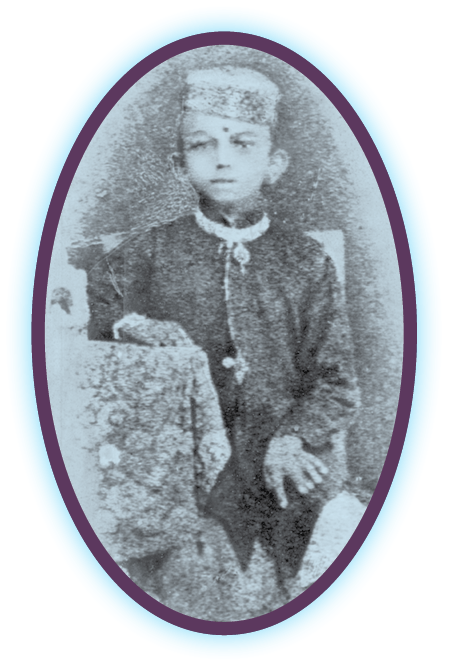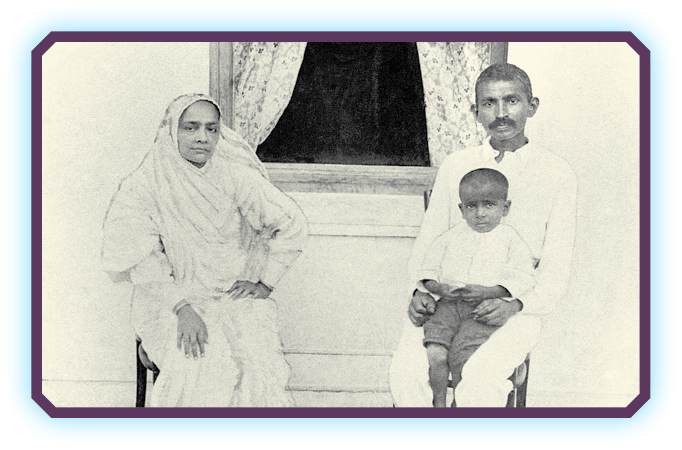Peace is a powerful force. It can melt away even the angriest opposition or it can incite a riot.
Its hard to even think peaceful thoughts when others are lashing out in anger. It can be challenging to adhere to nonviolence when you, your family, or friends become targets of another persons wrath. And its especially difficult to promote harmony when you feel like striking back.
But for centuries, men and women have done just that theyve met hate head-on, and theyve stood nose-to-nose with degradation without retaliating.
How have they done it, and why? Who are some of historys most notable nonviolent activists, and which individuals are the peace warriors of modern times?
Through the life stories of six extraordinary people, we can discover why peace has been a guiding presence in an often violent world. Their actions have impacted millions; affected history, government systems, and religious movements; and have set the stage for a peaceful world future.
Even when their own personal safety was threatened, Mahatma Gandhi and Martin Luther King, Jr., clung to nonviolence as a driving force under the most violent circumstances.
Archbishop Desmond Tutu and the 14th Dalai Lama demonstrated that when a nation is torn apart by the scourge of racism, peace can be sought through spiritual strength.
Dorothy Day and Ellen Johnson Sirleaf proved that women can serve as influential leaders in the struggle for justice.
Through strong, brave actions, each of the women and men in this book has achieved great things. Above all, their triumphs serve as inspiration for everyone to seek peace, always.
Mohandas Karamchand Gandhi, known as Mahatma Gandhi, led India in the struggle for racial equality. His belief in social change through nonviolence has served as inspiration to many civil rights movements throughout the world.
THE SON OF A LEADER
Mohandas Karamchand Gandhi was born on October 2, 1869, in Porbandar, a coastal town in India. His father, Karamchand Gandhi, was a high-ranking government official, called a diwan. His mother, Putlibai, was his fathers fourth wife. Mohandass family was of a distinguished social class.
Gandhis mother and father read him many books. Among his favorites were a series of epic narratives about two characters, Shravana and King Harishchandra, whose adventures promoted the values of truth and love. These characters had a lasting impact on Mohandas. He sometimes pretended to be the king, often memorizing some of his favorite quotations from the stories.
Oldest known picture of Gandhi, at the age of seven in 1876
When Gandhi was thirteen years old, his parents arranged for him to marry a fourteen-year-old girl named Kasturbai Makhanji. Friends called her Kasturba for short. Family members and Gandhi lovingly called her Ba.
It was a common custom that wealthy parents chose wives and husbands for their children, and saw to it that the children married at a young age to ensure these unions. When Gandhi was grown up, he once recalled his and Bas wedding, which took place in May 1883. He said, As we didnt know much about marriage, for us it meant only wearing new clothes, eating sweets and playing with relatives.
Two years after they married, Gandhi and Bas first child was born. Gandhi became a father at fifteen. Sadly, the baby only lived a few days. Gandhis father also died in 1885.
Gandhi, his wife, Ba, and an unknown child in 1913
Gandhi was an average student in school. One of his report cards said he was good at English, fair in math, weak in geography. And he was known by his teachers to have bad handwriting. One area in which Gandhi excelled was in his conduct. Teachers valued the boys demeanor and manners.
When Gandhi had completed much of his primary education, he and Ba began to have more children. Gandhi was the proud patriarch of four boys by the age of thirty-one. His sons names were Harilal, Manilal, Ramdas, and Devdas.
Gandhi attended Samaldas College in Bhavnagar, a city in the Indian state of Gujarat. Academics did not come easily to him, though he managed to pass the required exam at Samaldas, enabling him to attend law school. Despite Gandhis academic struggles, his family wanted him to get an education that would enable him to become a barrister, so that he could follow in his fathers footsteps as a government official.
VEGETARIAN LAWYER
Gandhi studied law at the University of Bombay for one year. He then went to London to continue his studies at the University College of London. Before leaving India, Gandhi made a vow to his mother that he would adhere to the values set forth in . This meant he would not eat meat or drink alcohol. While a law student, Gandhi joined the Vegetarian Society and was later elected to its executive committee. At that time, London had only a few vegetarian restaurants, which Gandhi visited frequently.
As a member of the Vegetarian Society, Gandhi met others who shared his values. Some of these men and women belonged to the Theosophical Society, an organization committed to unity among people of different races. Members of the Society invited Gandhi to read a book of scripture called the Bhagavad Gita. The book further sparked Gandhis interest in religious ideals.
The Bhagavad Gita
In 1891, Gandhi graduated from law school and was admitted to the bar. Gandhi returned to Bombay, where he received bad news. His mother had died. It was around this time that Gandhi read an essay entitled Civil Disobedience by the philosopher Henry David Thoreau. The essays emphasis on the principles of peaceful resistance inspired Gandhi. Shortly after his return from London, Gandhi met a man named Raychandbhai Ravajibhai Mehta. Mehta was a prominent philosopher and scholar who stayed calm, even when others tempers flared. Gandhi and Mehta became good friends. As Gandhis role as a spiritual leader grew, Mehta served as Gandhis mentor.
DEVOTION TO TRUTH
In 1893, Gandhi went to South Africa to practice law at an Indian firm in the region of Natal. Ba and their sons stayed behind while Gandhi established himself in his law career. In Natal, Gandhi suffered several experiences with racism.
Once, even though he had a first-class train ticket, he was thrown off that train because of his skin color. Soon after that, Gandhi was brutally beaten by a stagecoach driver when he refused to leave his seat so that a white passenger could ride. While traveling, Gandhi was often turned away from hotels that would not admit Indian customers.

